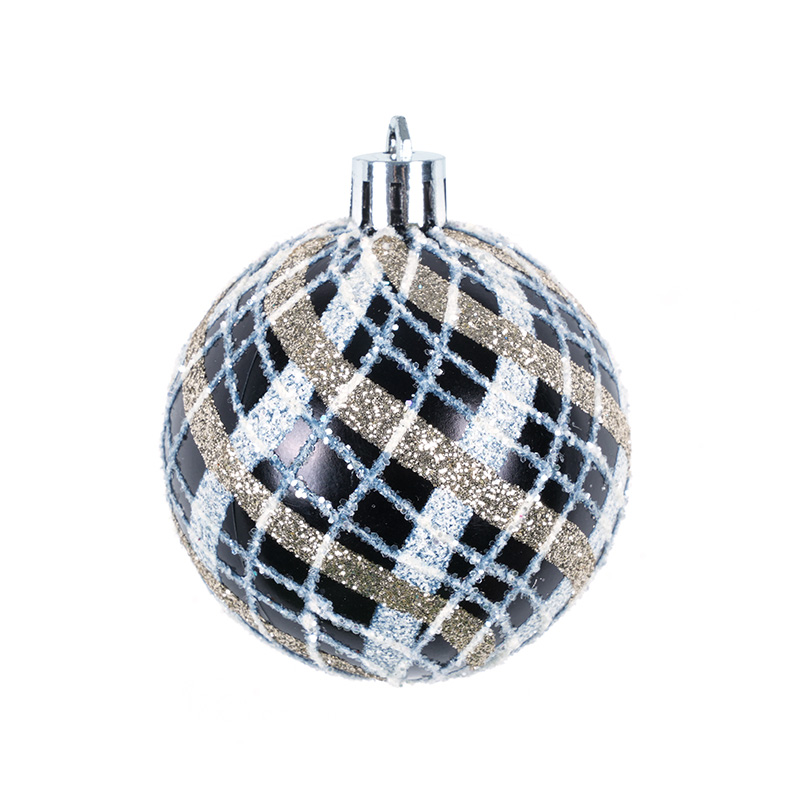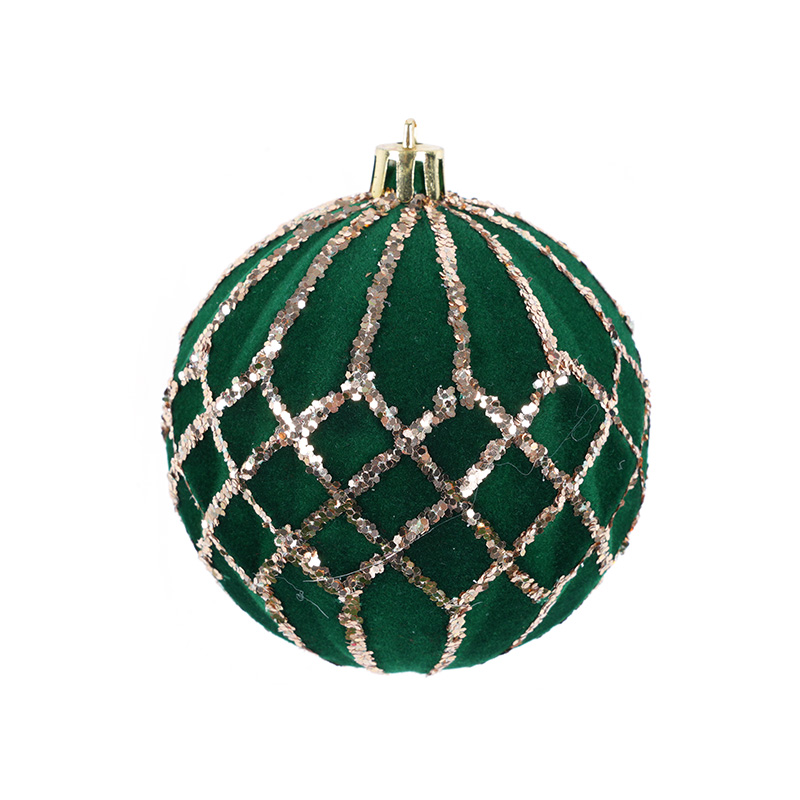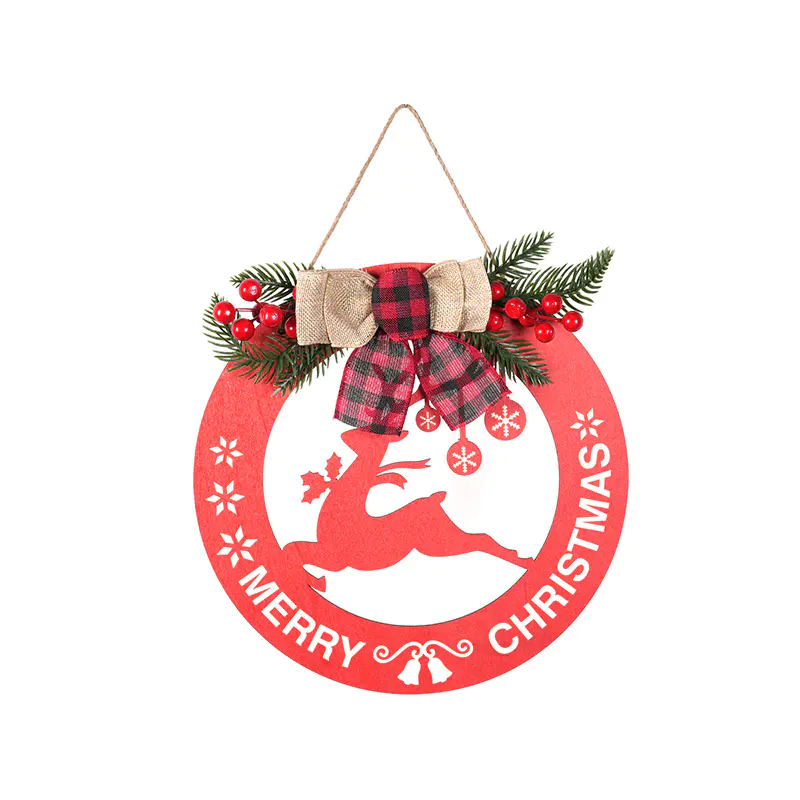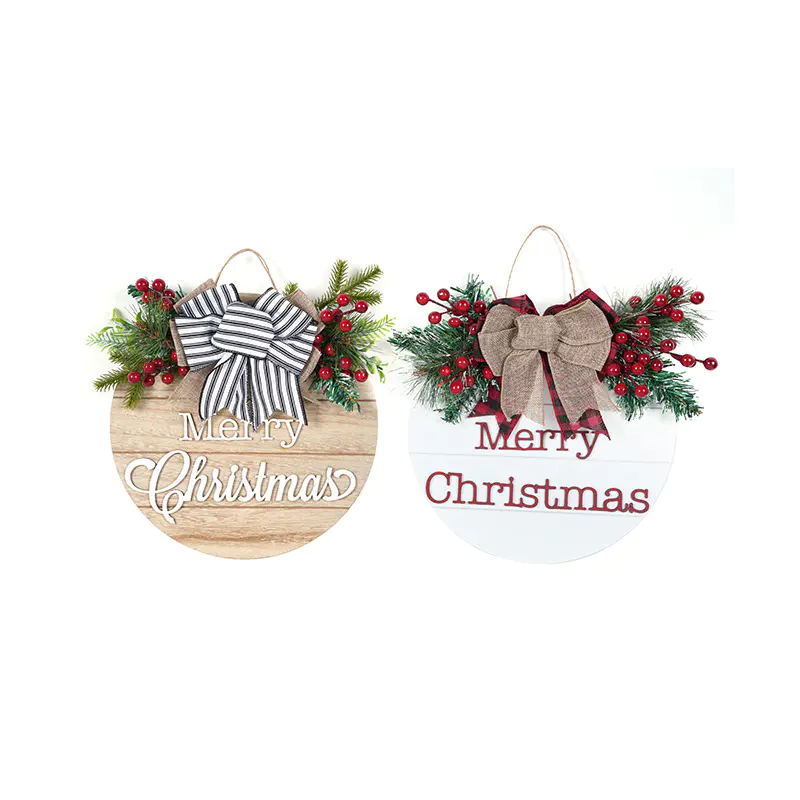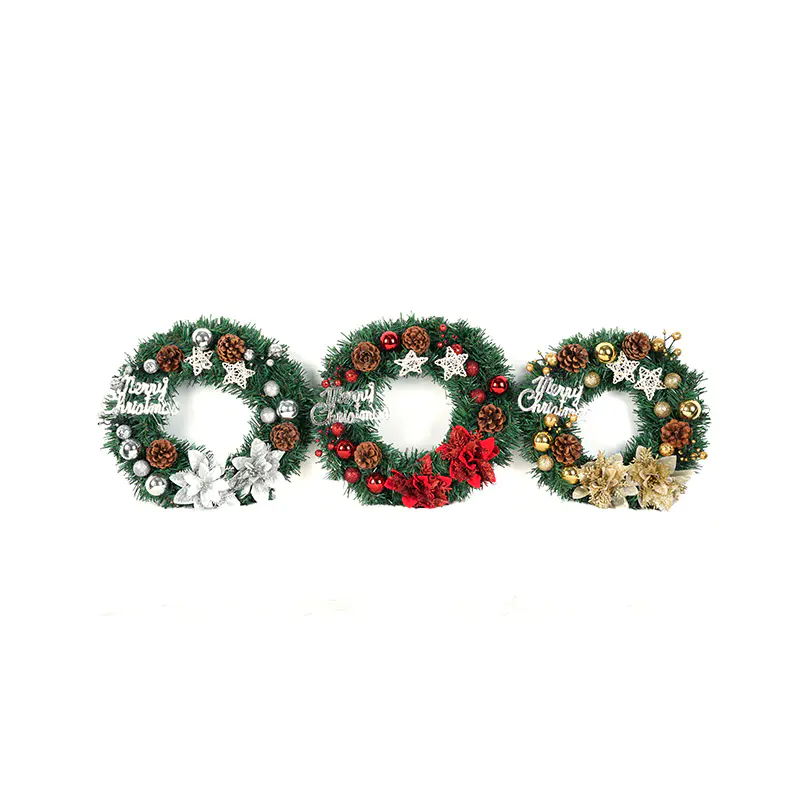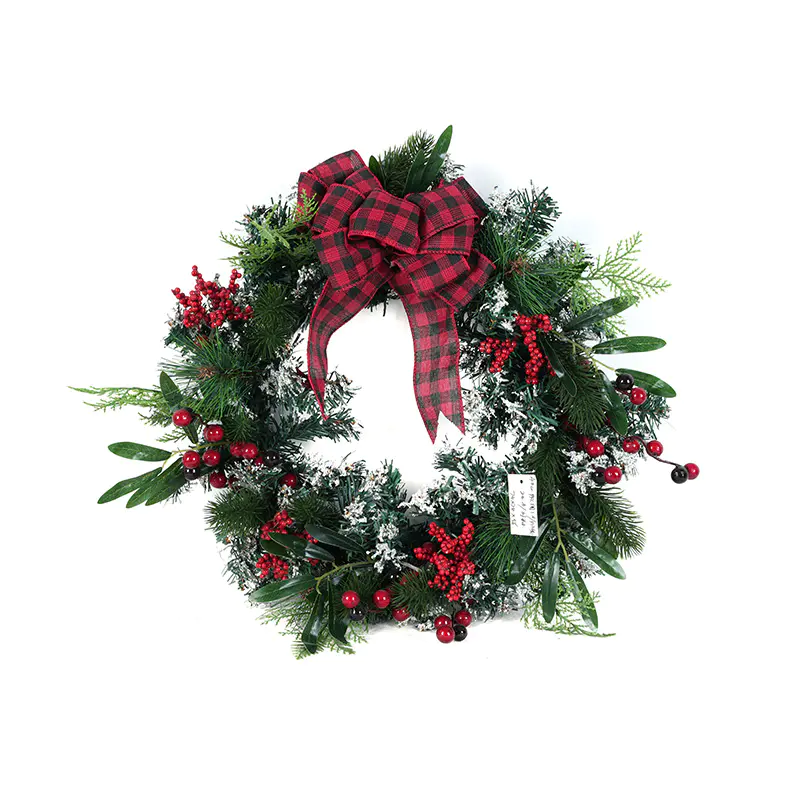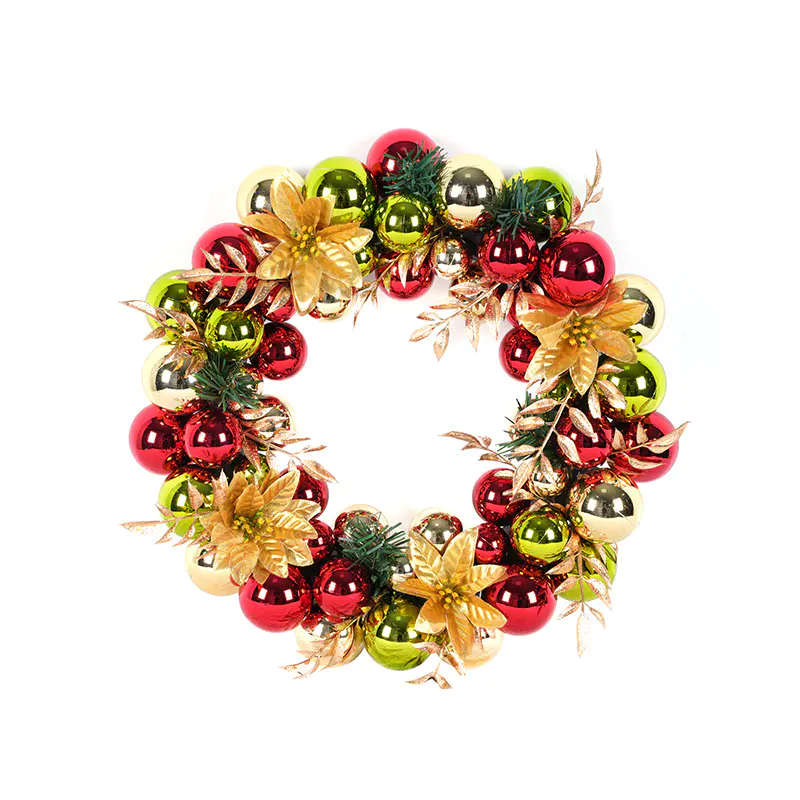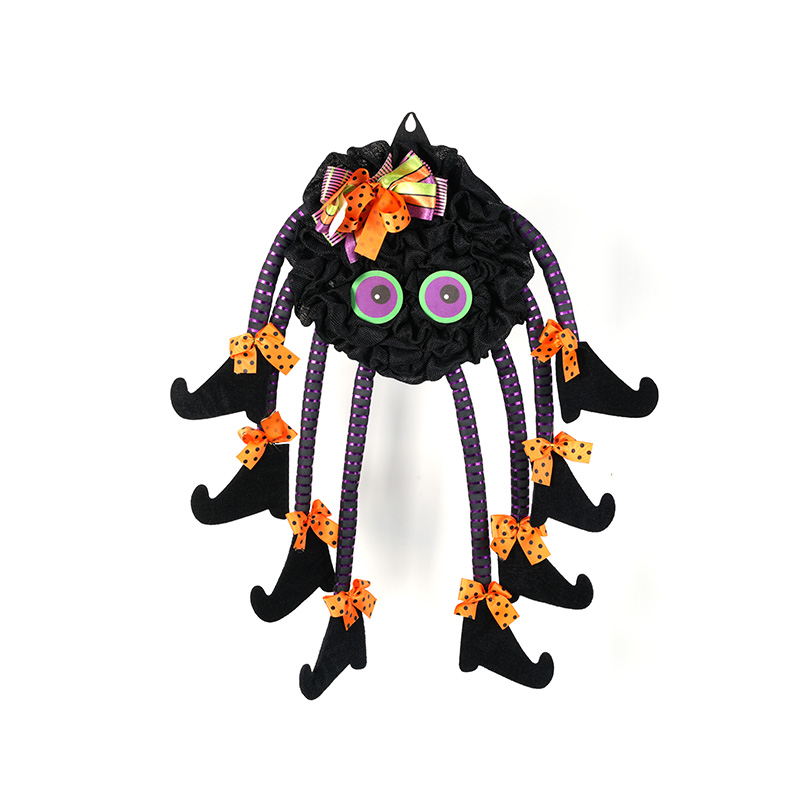
Understanding the Fragility of Velvet Ornaments
Velvet Christmas Balls are cherished for their plush texture and elegant appearance, making them a popular choice for holiday décor. However, their soft surface and sometimes delicate internal structure make them susceptible to deformation or compression when not stored properly. Unlike rigid glass ornaments, velvet balls can lose their shape under pressure, causing a flattened or uneven appearance. For collectors and households that wish to reuse these ornaments year after year, understanding the factors that contribute to damage during storage is essential.

Selecting Appropriate Storage Containers
The one step in preserving the shape of velvet ornaments is choosing suitable storage containers. Rigid boxes with individual compartments are ideal, as they prevent the balls from pressing against one another. Cardboard inserts or foam dividers can further isolate each ornament, minimizing contact and reducing the risk of surface abrasions. Soft fabric pouches or tissue paper can be used to wrap each ornament individually, adding a cushioning layer that protects the velvet surface while maintaining its plush texture. Proper compartmentalization ensures that ornaments remain suspended within the container, preventing unwanted pressure that could cause deformation.
Proper Layering Techniques
When storing multiple velvet ornaments in a single container, the method of layering is critical. Heavy objects should never be placed on top of delicate ornaments, as even minimal weight can distort their shape over time. Placing heavier decorations at the bottom of a storage box and lighter, softer items on top helps distribute pressure evenly. Interleaving layers of protective padding between rows of ornaments also helps maintain the original roundness of each ball, providing a buffer against accidental compression during stacking or movement.
Environmental Considerations During Storage
In addition to mechanical protection, environmental factors can affect the longevity of velvet ornaments. Exposure to high humidity can soften the internal structure of the balls, making them more prone to flattening or sagging. Excessive heat can also damage adhesives or decorative coatings. Therefore, ornaments should be stored in a climate-controlled environment that is cool, dry, and away from direct sunlight. Using desiccant packets within storage boxes can help maintain low humidity levels, while airtight containers can protect against dust, moisture, and other contaminants that could compromise the surface or structure of the ornaments.
Handling and Transportation Precautions
Even when stored carefully, ornaments may occasionally need to be moved between locations or taken out for decoration. Handling velvet ornaments gently and supporting them from the base can prevent unnecessary stress on the fabric and internal core. Avoid squeezing or stacking them during transport, as this can cause permanent indentations. For long-distance shipping or seasonal relocation, double-boxing and adding extra cushioning materials can provide additional protection, ensuring that the ornaments remain intact and undamaged.
Maintaining Shape and Aesthetic Appeal
Velvet Christmas Balls are elegant and visually appealing, but their soft surfaces and delicate construction make proper storage essential to preserving their beauty. By choosing suitable containers, using padding and compartmentalization, considering environmental conditions, and handling ornaments with care, collectors can prevent deformation or compression and extend the life of their decorations. Thoughtful storage practices ensure that each velvet ornament retains its original shape, texture, and aesthetic charm, making it a reliable and attractive choice for festive celebrations year after year.


